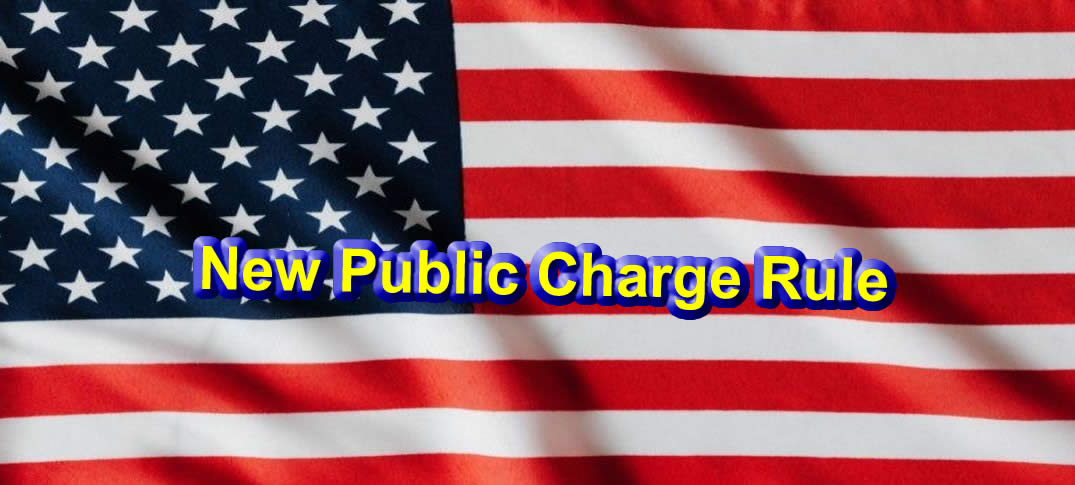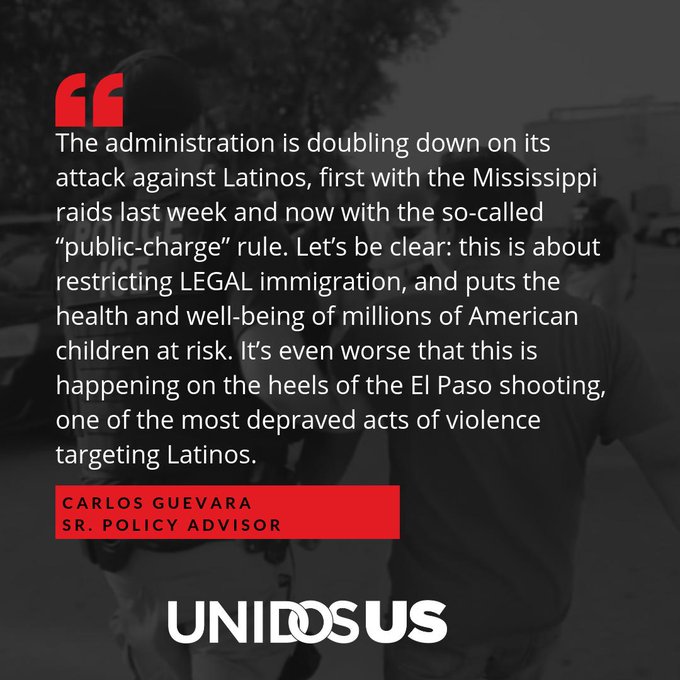Written by Aaron Reichlin-Melnick www.immigrationimpact.com
Three years ago, the Trump administration sent fear throughout immigrant communities across the nation with its Public Charge rule, which functioned as a wealth test for green card applicants. This fear had been amplified by a leaked draft of the rule in 2018, which would have punished intending immigrants whose U.S. citizen children received a wide variety of benefits.
Now, with a new public charge rule finalized last week, the Biden administration has restored the public charge standard that existed for decades before President Trump. This will hopefully assuage the fears of many immigrants who had avoided accessing benefits to which they were lawfully entitled.
The Biden administration’s new public charge was first announced... more information https://www.inmigracionyvisas.com/a5549-New-Public-Charge-Rule.html





